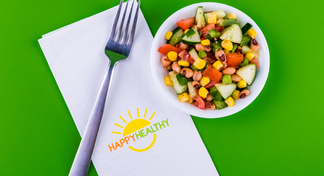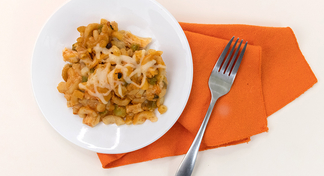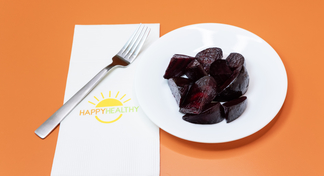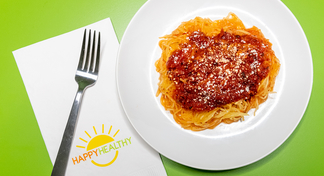How to Store Fruits and Vegetables
When you select or purchase fruits and vegetables from a garden, farmers market, or grocery, store fresh fruits and vegetables the right way:
- For best flavor
- To last longer
- To stretch your food dollars
Store these fruits in the refrigerator:
- Apples (to keep them more than 7 days)
- Blackberries
- Blueberries
- Grapes
- Strawberries
Store these vegetables in the refrigerator:
- Green Beans
- Broccoli
- Cabbage
- Carrots
- Celery
- Greens (collards, mustard, turnip)
- Summer Squash
- Sweet Corn
- Cucumbers
- Lemons
- Peppers
Keep these fruits on the counter until they're ripe, then store in the refrigerator:
- Peaches (until soft to touch and fragrant)
- Pears (until soft to touch)
- Plums (until soft to touch and fragrant
- Persimmons
- Melons (until ripe)
Keep these on the kitchen counter:
- Apples (no longer than 7 days)
- Bananas
- Eggplant
- Oranges
- Melons
- Tomatoes
- Winter Squashes
Keep the following in the pantry, a cabinet or box, away from light where air can get to them:
- Garlic
- Onions
- Potatoes
- Sweet Potatoes
HappyHealthy Top 7 Tips
How to make fresh fruits and vegetables last longer
Tip #1
- Remove rubber bands and twist ties to allow for circulation.
Tip #2
- Use fruits and vegetables within 1-3 days for maximum flavor and freshness.
Tip #3
- Always store your fruits and vegetables separate from raw meat.
Tip #4
- Always rinse fresh fruits and vegetables under running water before using.
Tip #5
- Wash:
- Leafy Greens
- Spinach
- Lettuce
Tip #6
- Store vegetables separate from fruit.
Tip #7
- It is not necessary to wash fruits and vegetables labeled “ready to eat,” “washed,” or “triple washed.”


























